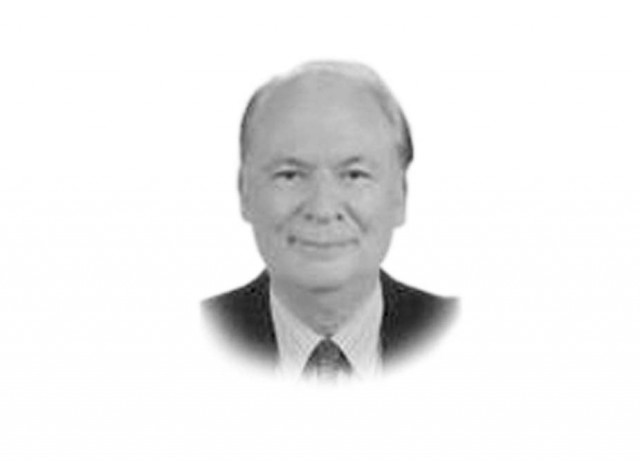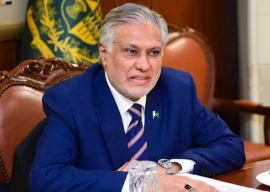
Then there are the ‘trendy’ films that tackle themes like homosexuality, the caste system, women’s rights and corruption in high places. And finally, what for want of a better word are referred to as ‘art cinema’. These are the classics of Bimal Roy, Satyajit Ray, Mrinal Sen, Ritwik Ghatak, Shekhar Kapur and Shyam Benegal. The blockbusters are a little hammy but bring in the bucks. The thematic excursions into social problems are controversial but interesting. And the ‘art’ films? So far as I am concerned — they can hold their own against any of the European, American or Japanese classics.
I avoid those movies which feature one of the machismo tribe in the male lead. Some of their films are panoramically bereft of any moment of anticipation and the script often consists of a loosely strung, gaudy collection of paste clichés, truisms and trite tourist facts. It has now become standard fare for one of these males to take off his shirt at least once in every film, flex his biceps, pose in profile and look for all the world as the chap who is now going to solve the problems of Southern Sudan. And for one of those seductive sirens to step out of a river in a moment of abandon, her face glowing with sanctified lecherousness, her wet sari clinging to a figure which would make the Nato troops in Kabul want to take the next flight to Mumbai.
For years, Smita Patil, Naseeruddin Shah, Om Puri and Shabana Azmi held the fort and kept the flag of the Indian new wave fluttering in the breeze. Now, I have to admit that I have in the fullness of time acquired an unabashed fondness for the warm, sultry beauty and acting ability of Nandita Das, and for the lovely Konkona Sen Sharma who simply glitters with insight. I also have considerable admiration for that poet of the silver screen Deepa Mehta, whose trilogy Earth, Fire and Water is an important landmark in the history of Indian film; and Aparna Sen for her Mr and Mrs Iyer, a poignant story of an unrequited love with its brief moments of ecstasy and romance and exhilarating photography.
Back in sunny Pakistan, Shoaib Mansoor has been making waves and his films will be discussed for many years. Khuda key Liye and Bol are truly remarkable films. Hopefully, another one is in the pipeline. But I believe the most notable director of parallel cinema in Pakistan was Jamil Dehlvi. His first picture was the provocative 1976 black-and-white quickie Towers of Silence. Like his second film Blood of Hussain, it was a revolt against all forms of repression, political as well as religious.
Published in The Express Tribune, August 27th, 2012.






1726054615-0/OpenAI-(2)1726054615-0-270x192.webp)






COMMENTS
Comments are moderated and generally will be posted if they are on-topic and not abusive.
For more information, please see our Comments FAQ